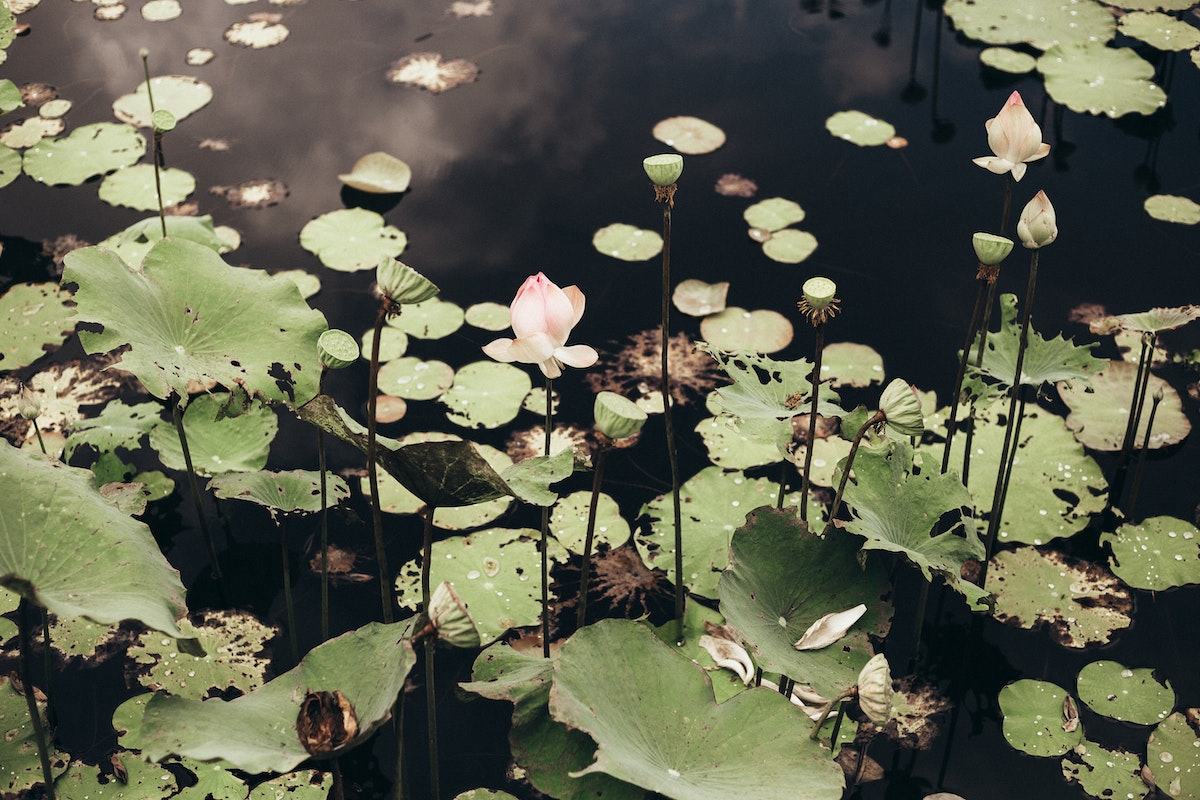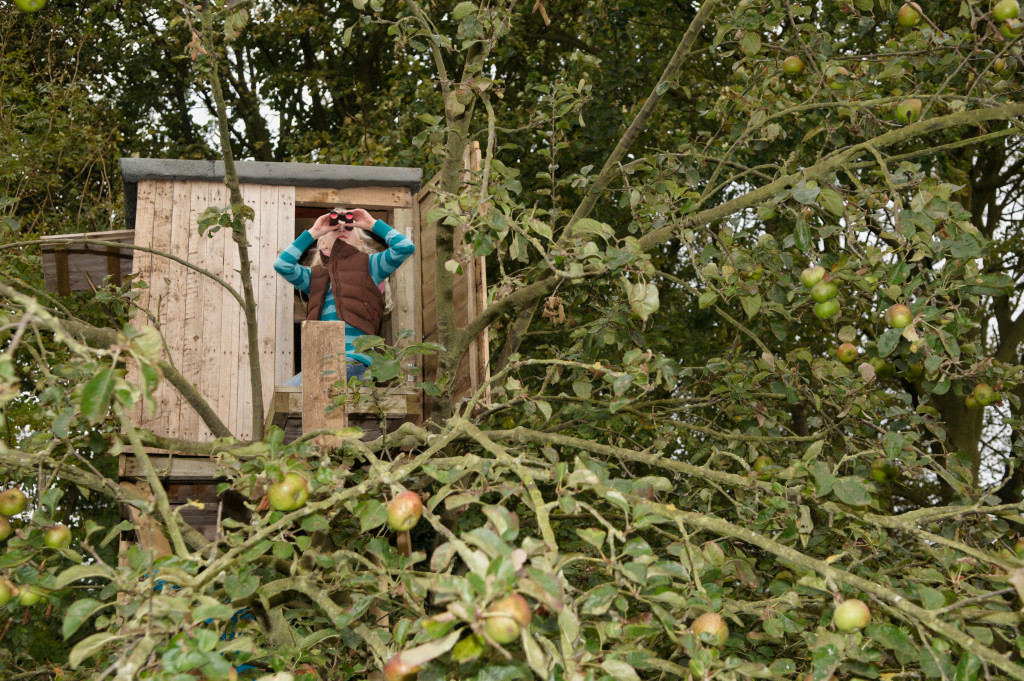• Wildlife provides an important role in the sustainability and balance of the environment
• Plant native species in your garden that provide food for pollinators, birds, small animals, etc.
• Provide a water source for plants and wildlife, like bird baths or ponds
• Add structures like carports and treehouses to provide shelter and cover
Your backyard is a great place to start making wildlife-friendly changes. Even if you are not particularly fond of animals, you still need to care for them, as they are an important part of the planet’s biodiversity. They contribute to the sustainability and balance of the environment and can even provide entertainment. So, to help you out, here are ways to help wildlife around your home:
Plant Native Flowers and Plants
One of the best things you can do to attract wildlife is to plant native flowers and plants. Native species are customized to the regional climate and soils, needing less water and care than their non-native counterparts. They also provide an important food source for pollinators like bees and butterflies. Here are some common native plants to get you started:
- Black-eyed Susan: This cheerful flower grows in full to partial sunlight and is an especially popular pollinator plant.
- Arrowwood Viburnum: This shrub provides a food source for birds and other small animals, as well as cover from predators.
- Wild Geraniums: These shade-loving plants produce delicate pink or white flowers. Deer and rabbits stay away from them, making them a good choice for gardeners with these pests.
To make your flowering plants blooming and healthy, you can do the following:
Provide a Water Source for your Plants
Plants need an adequate source of water to stay healthy. Consider adding a rain barrel or a simple bird bath to your garden. This will help attract birds, butterflies, and other animals that need water. Additionally, it can provide an important source of hydration for pollinators like bees during the hot summer months.
Compost Your Kitchen Scraps
Instead of sending your kitchen scraps to the landfill, compost them! This provides a nutrient-rich food source for bugs, which are, in turn, eaten by birds and other animals. This is also a great way to provide nutrients to your flowering plants. Start a compost bin, or create one in your garden and bury the scraps. You can also consider making compost tea to feed your plants.
Create a Water Source
Wildlife needs water to survive, so providing a clean, reliable water source is a great way to help. Especially during dry periods, animals are very dependent on water sources. Consider adding the following sources of water:
Bird Baths
These are shallow water baths designed specifically for birds. You can make this on your own using an old ceramic bowl or purchase one from a garden center. Bird baths give birds a place to take a dip and wash off while providing them with much-needed hydration.
Ponds
Creating a pond in your backyard can attract frogs and other amphibians, fish, ducks, and other animals that enjoy the open water. Be sure to use native plants around the pond as natural filters for pollutants, and keep out predators like cats.

Mud Puddles
Animals such as butterflies, dragonflies, and bees love mud puddles! This is because it provides them with the moisture and minerals needed to survive. Consider digging a shallow hole in your garden and filling it with water every few days. This will create an ideal habitat for these creatures.
Provide Shelter and Cover
Home sweet home! Giving animals a place to nest or hibernate is another great way to help wildlife around your home. Birdhouses, nesting boxes, and brush piles are all great options for providing shelter for animals big and small. And if you have the space, consider planting a tree or two—they offer much-needed shade in the summer and homes for birds and squirrels in the winter. Here are other home structures that can provide shelter and cover for wildlife:
Carports
Carports are an excellent option for providing shelter and cover. The structure provides a safe space for animals to hide from predators while allowing them access to sunlight and air. You can also add nesting boxes or birdhouses to attract even more wildlife. Don’t forget to keep the area clean, as debris can be a fire hazard.
Treehouses

Adding a treehouse to your backyard can be both fun and beneficial for wildlife. Treehouses provide birds with an ideal place to nest and roost. At the same time, small mammals and reptiles will find protection from predators in the tree’s canopy. Ensure you use natural materials when constructing the house, as this will help keep wildlife safe.
By following these tips, you can help make your backyard a safe and inviting habitat for wildlife. Not only will this provide the animals with the resources they need to survive, but it will also be a great source of entertainment for you and your family. So don’t wait—start making wildlife-friendly changes today!
